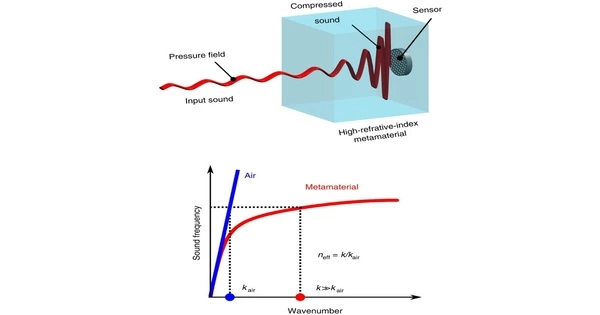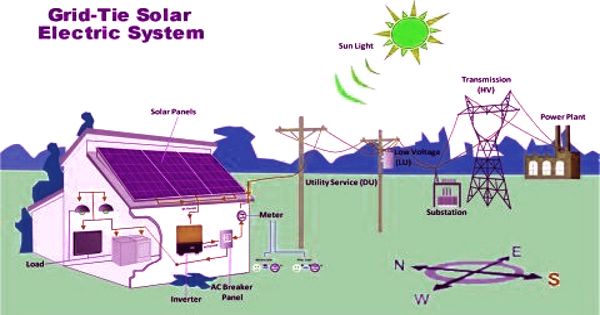Acoustic dispersion is the phenomenon in which the speed of sound waves through a medium varies with frequency. In other words, different frequencies of sound waves travel through the medium at different speeds, causing them to separate or disperse over time. This can cause a change in the waveform as well as the phase relationship between different frequencies.
Acoustic dispersion is the separation of a sound wave’s component frequencies as it passes through a material. The sound wave’s phase velocity is viewed as a function of frequency. As a result, the rate of change in phase velocities as radiated waves pass through a given medium is used to measure frequency separation.
The degree of acoustic dispersion is determined by the properties of the medium through which the sound travels, such as density, elasticity, and viscosity. Sound, for example, travels faster through a solid than through a liquid, and faster through a liquid than through a gas. As a result, the degree of acoustic dispersion in gases is usually greater than in liquids or solids.
Broadband transmission method
A broadband transmission method is a popular technique for determining acoustic dispersion. This technique was first used to investigate the dispersion properties of metal (1978), epoxy resin (1986), paper materials (1993), and ultrasound contrast agent (1998). This method confirmed the Kramers-Kronig relation for acoustic waves in 1990 and 1993.
The use of this method necessitates the measurement of a reference velocity in order to obtain values for acoustic dispersion. This is accomplished by determining the (typically) sound speed in water, the thickness of the specimen, and the phase spectrum of each of the two transmitted ultrasound pulses.
One common example of acoustic dispersion is the phenomenon of chromatic aberration in lenses. In this case, different colors of light are refracted at slightly different angles as they pass through a lens, causing them to focus at different points.
Application
Acoustic dispersion has far-reaching implications in a variety of fields, including acoustics, music, and telecommunications. Dispersion can affect the quality of sound in a room or auditorium in acoustics, but it can also be used creatively in music to produce different timbres and tones. Dispersion can cause signal distortion and limit the bandwidth of communication channels in telecommunications.
Acoustic dispersion is an important consideration in the design and use of acoustic devices, such as speakers and microphones. By understanding how sound waves interact with different materials and mediums, engineers can design devices that are optimized for particular applications.
















